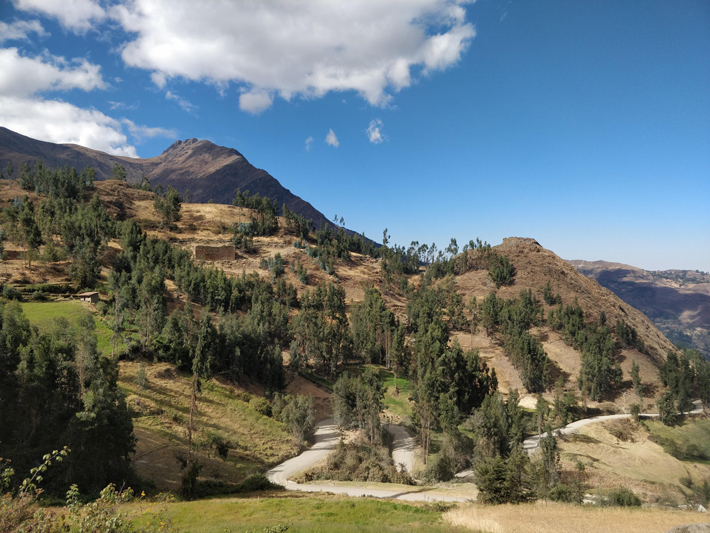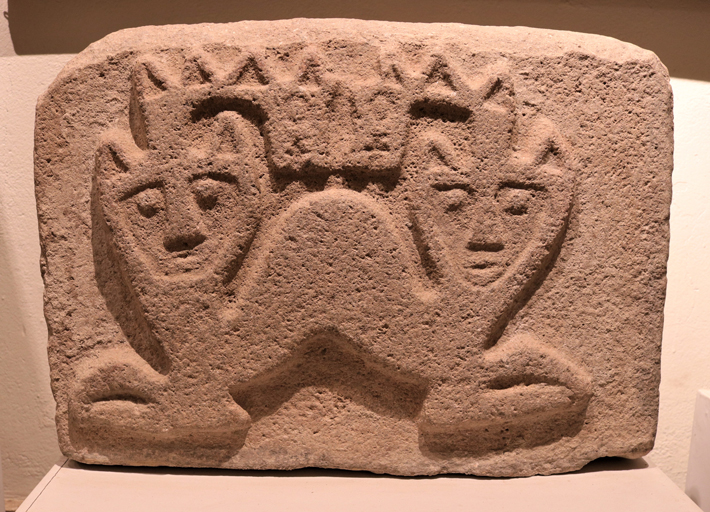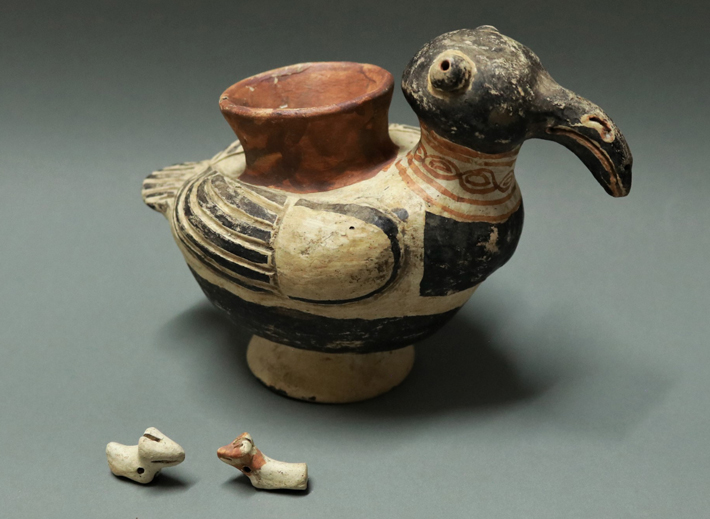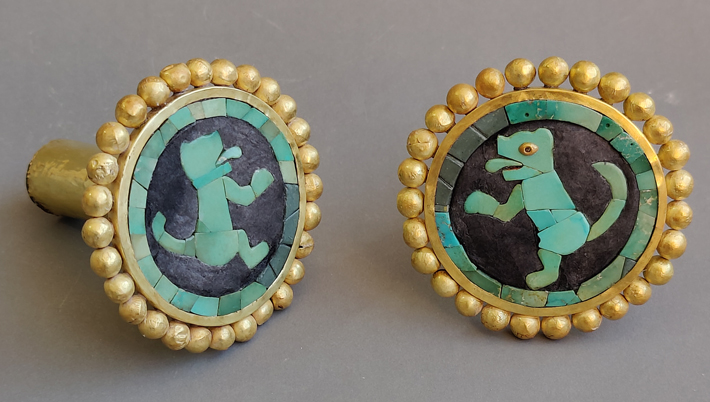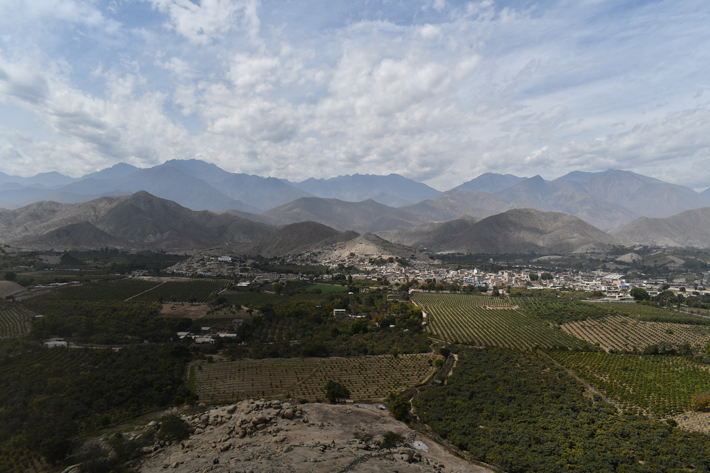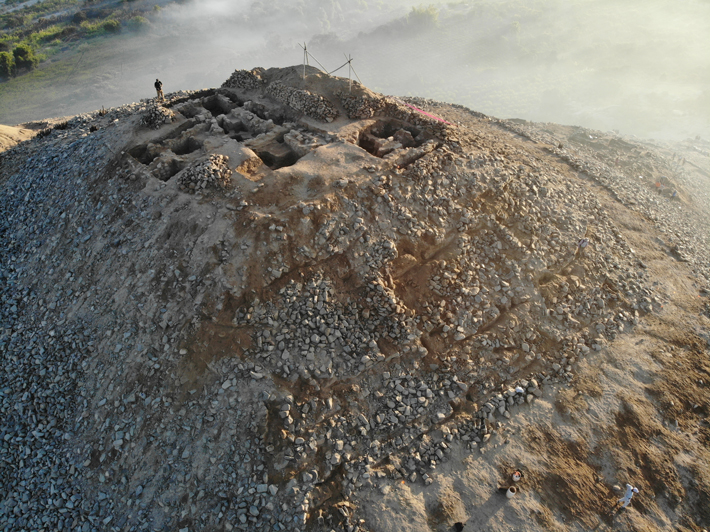Rise of Peru’s Divine Lords
In the early first millennium A.D., a new class of rulers from different cultural groups claimed authority in northern Peru’s region of Ancash by highlighting their wealth and status as warrior lords and casting themselves as living embodiments of their divine ancestors. These leaders settled in easily defensible hilltop sites in the Andes Mountains, where they resided in large family compounds that also functioned as locations for ritual activity and ancestor veneration. Recent excavations at two sites in Ancash—Pashash, in the northern highlands, and the coastal settlement of Cerro San Isidro—have uncovered early examples of the emergence of divine lordship, a form of leadership that would endure in Peru for more than 1,000 years.
